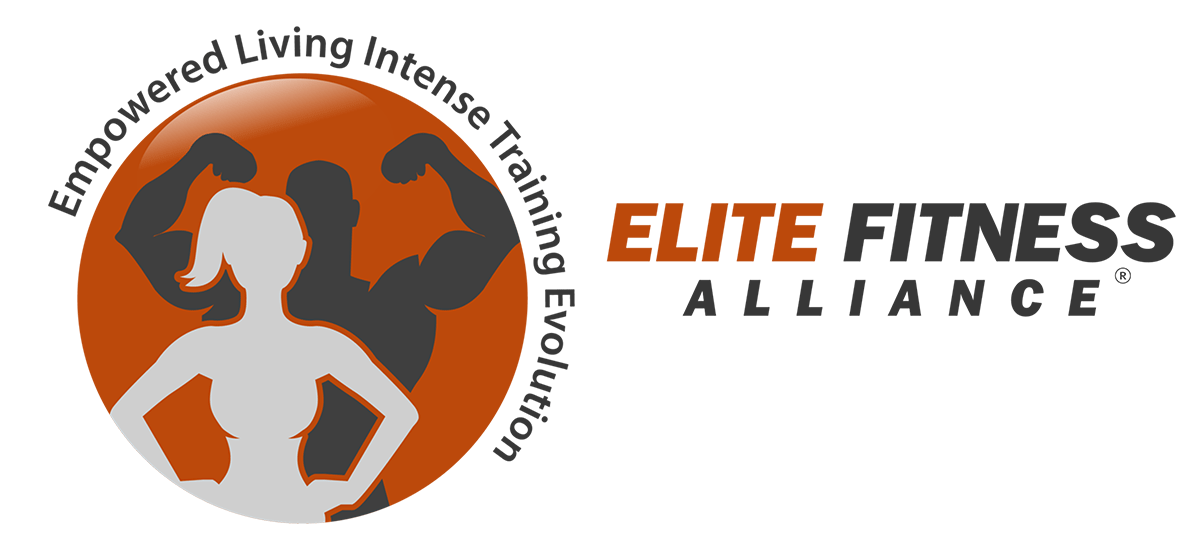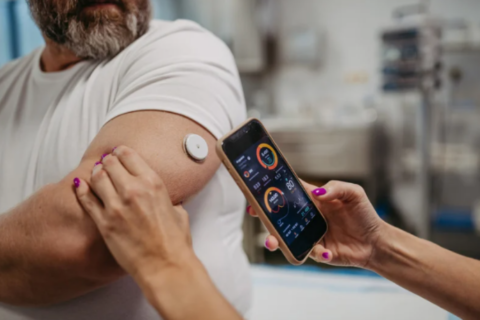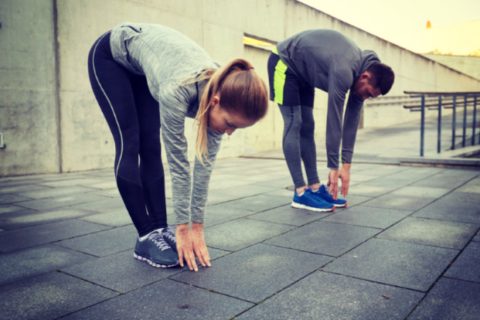💦 Why Sweating Doesn’t Mean You Had a Good Workout
💦 Why Sweating Doesn’t Mean You Had a Good Workout
(And What Really Matters Instead)
When we think of a great workout, many of us picture leaving the gym drenched in sweat. But here’s the truth: sweating is not a reliable measure of workout quality—and it might even be misleading.
Let’s break down what sweat really means, why it happens, and what better indicators you should use to measure your fitness progress.
🧠 What Is Sweat, Really?
Sweating is your body’s way of cooling itself down. When your internal temperature rises—due to exercise, stress, hot environments, or even spicy food—your sweat glands go to work to regulate it.
Some people sweat more than others due to:
-
Genetics
-
Gender
-
Fitness level
-
Environmental conditions
-
Hydration and hormone levels
That means someone could barely sweat and still be crushing an intense strength session, while someone else could be dripping after a 10-minute walk in the sun.
🚫 Why Sweat ≠ Workout Effectiveness
Here’s why using sweat as a benchmark is flawed:
1. It’s About Temperature, Not Effort
You might sweat buckets in a hot yoga class and not raise your heart rate once. Meanwhile, a cold-weather outdoor run could be sweat-free—but torch calories and build endurance.
2. Fit People Sweat Sooner
The more conditioned you are, the faster your body becomes at cooling itself—meaning you might sweat earlier in a workout, even if it doesn’t feel “hard.”
3. It Doesn’t Track Calories Burned
Contrary to popular belief, sweat is not directly linked to fat loss. You’re mostly losing water weight, which returns as soon as you rehydrate.
🧪 A 2020 study in The Journal of Applied Physiology found that core body temperature—not perceived effort—drives sweat rate.
✅ What You Should Pay Attention To Instead
Forget the sweat. Focus on these performance-based and physiological metrics instead:
🏋️ 1. Progressive Overload
Are you gradually lifting more weight, adding reps, or increasing time under tension? That’s how strength and muscle are built.
⏱️ 2. Workout Intensity (RPE)
Use the Rate of Perceived Exertion (RPE) scale to rate your effort from 1 to 10. Most workouts should land between 6–8 for progress.
❤️ 3. Heart Rate Monitoring
Track your heart rate zones for cardio sessions to ensure you’re working hard enough—or recovering when needed.
📊 4. Results Over Time
Are you stronger? Leaner? Moving with more energy? Sleeping better? Those are signs of a workout routine that’s truly working.
👊 The ELITE Fitness Takeaway
At ELITE Fitness Alliance, we focus on science-backed progress, not puddles of sweat. Whether your shirt is soaked or dry, we help you train for real-world strength, stamina, and health—one rep at a time.
💬 Have questions or unsure if your workout routine is moving you forward?
📞 Book a quick strategy call or come in for a movement assessment—we’ll help you make every rep count (sweat or no sweat).
📞 Book a free consultation or
📖 Visit our blog for more tips.



